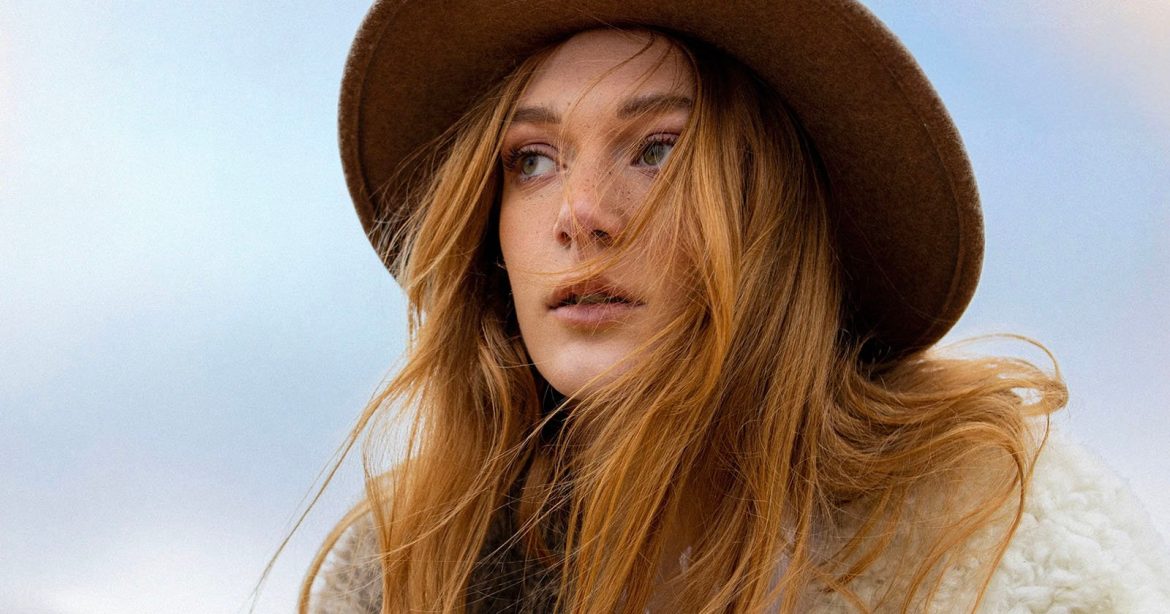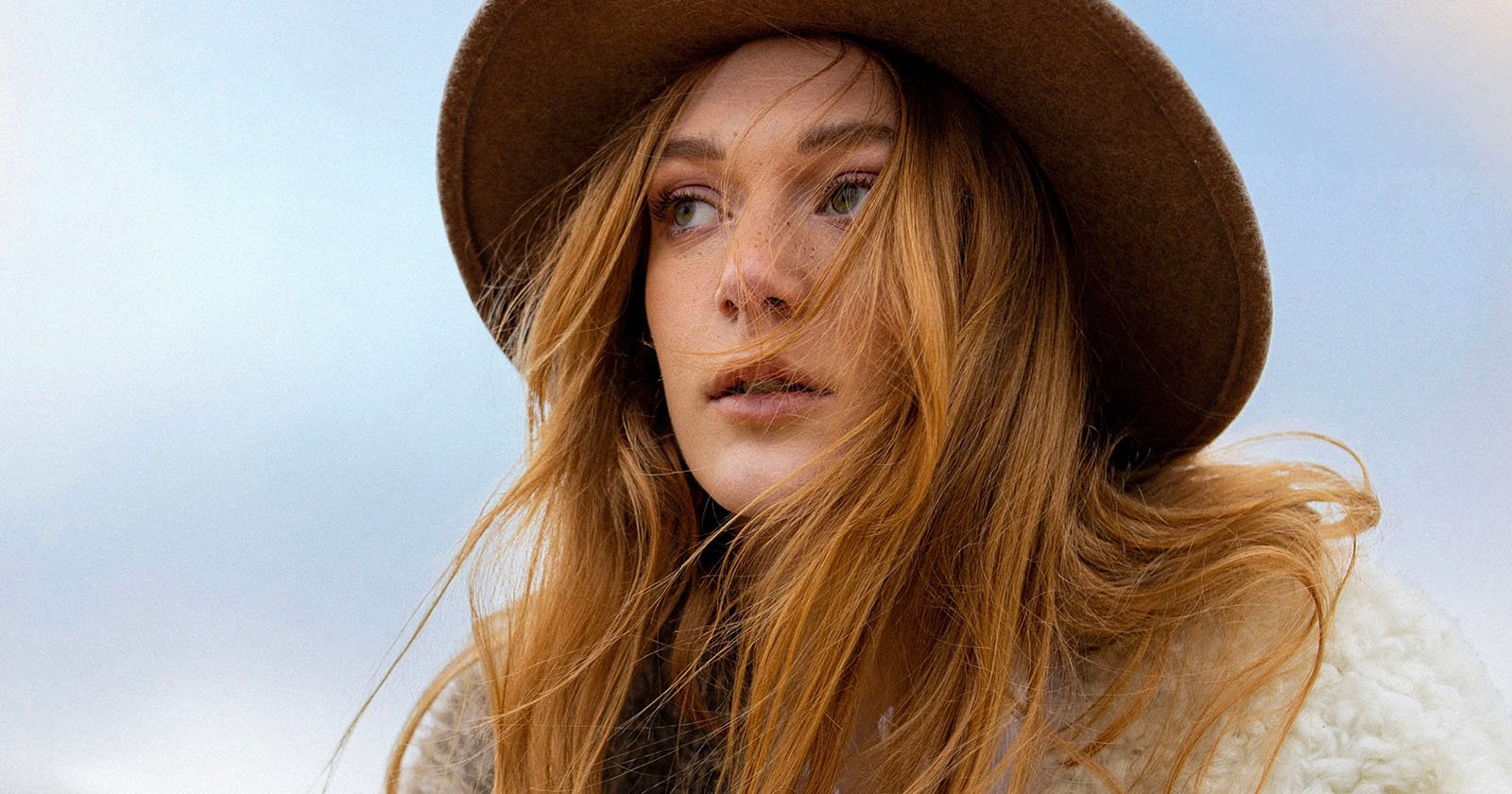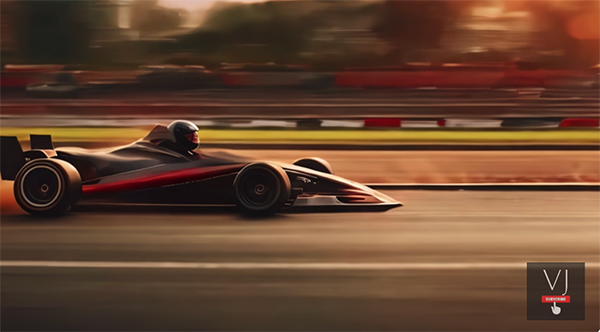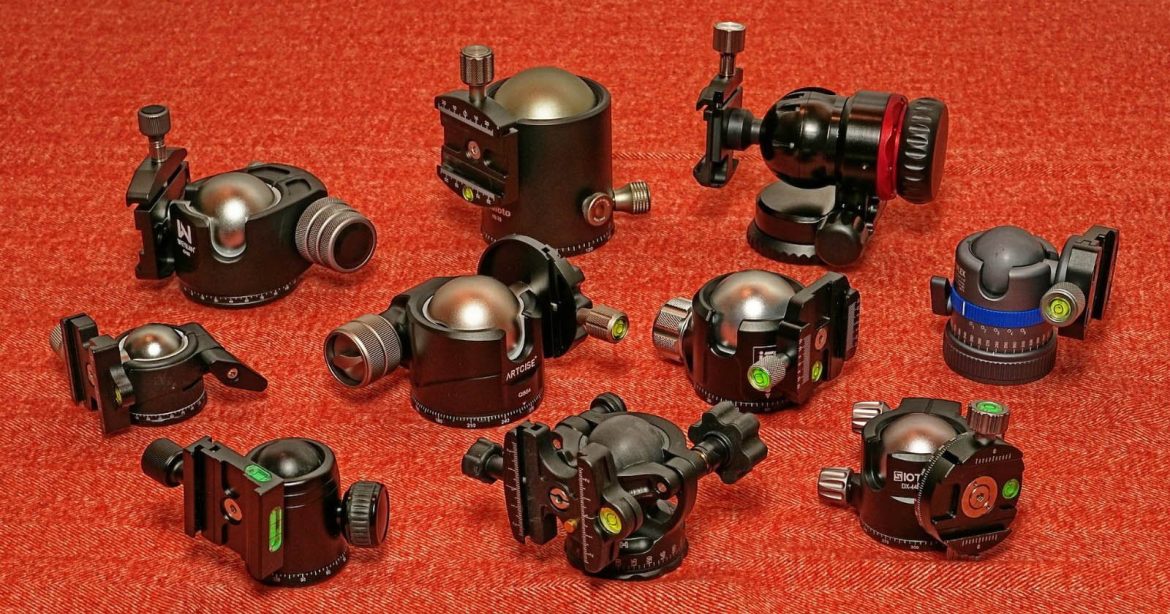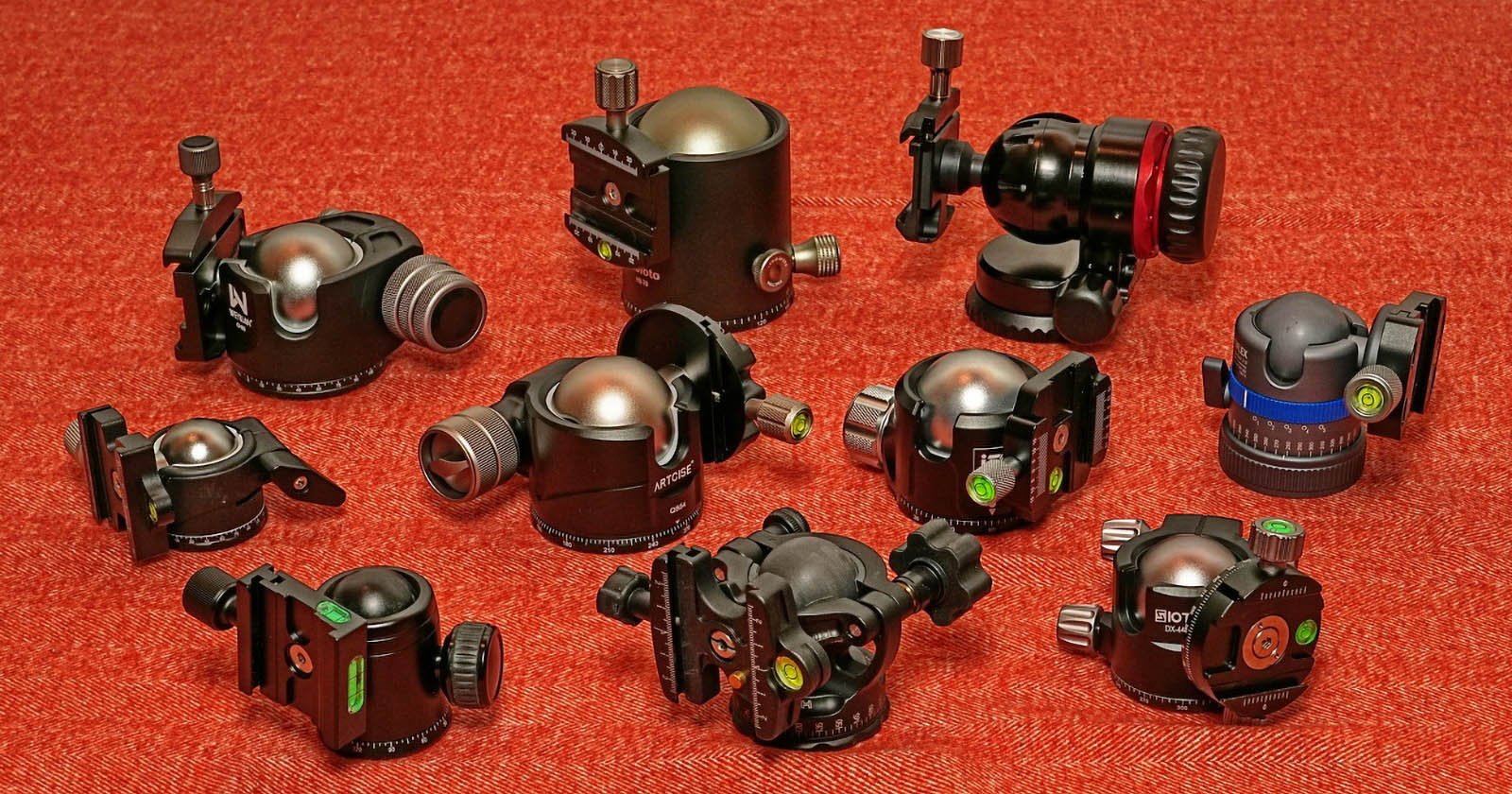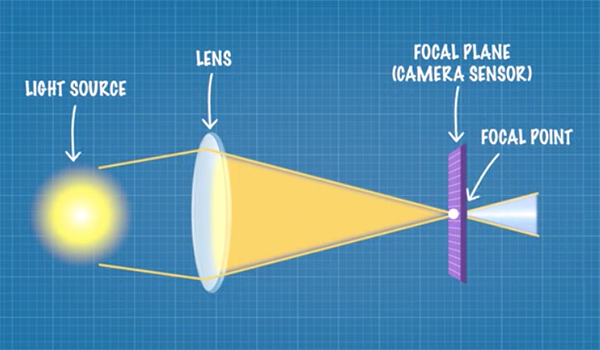In February, the Associated Press (AP) was banned indefinitely from the White House and Air Force One over its stylebook entry for the Gulf of Mexico, setting off a series of legal challenges. Today, a U.S. federal judge sided with the Associated Press, ruling that because of the First Amendment, the government cannot bar journalists from certain government events because of their viewpoints.
WhiteWall’s New Tools Promise to Make Better, Bigger Prints From Your Low-Res Photos
Award-winning German photo lab WhiteWall announced two new solutions to help customers achieve sharper, better prints. WhiteWall SuperResolution promises improved image quality when printing smartphone photos, while the existing UltraHD sharpening is available for more products.
How to Use Shutter Speed for More Artistic Photos (VIDEO)
Last week we featured an interesting video from one of favorite wildlife and landscape photographers who insists that your camera’s Aperture Priority mode is preferable to shooting in Manual for certain situations. We’re following up on that today with a quick tutorial from Vanessa Joy who demonstrates how to use shutter speed to capture images with a variety of creative effects.
Joy is a long-time pro based in both Austin and NY with over two decades of experience. She’s also a Canon Explorer of Light and a very popular educator. In the next seven minutes you’ll gain a better understanding of the concept behind this important component of the Exposure Triangle and different ways to use this setting for attention-grabbing results.
The episode begins with Joy explaining why “shutter speed is one of the most powerful tools in your photography arsenal” and how interacts with the other two elements of the Exposure Triangle: namely Aperture and ISO. Other topics of conversation include an overview of when and why shutter speed matters and guidelines for making the best choice depending upon the specific task at hand.

Joy presents everything in simple terms that even beginners can grasp with ease. The basic premise is this: The strategy you use to photograph kids, for example, differs greatly from the best option for capturing fast action like sports, racing cars, and birds in flight. And of course, the best approach for landscapes, still-life photos, and other stationary subjects is also significantly different.
Another key consideration involves the concept of image stabilization. Here Joy carefully explains how this features works to boost your odds of success, as well as “what it doesn’t do for you.” It’s also essential to understand exactly how the focal length of a lens affects your shutter speed choice.
Once all these basics are out of the way, Joy turns her attention to the creative aspects of fast shutter speeds for freezing action, the artistic implications of employing slow shutter speeds to capture captivating images of fast-moving subjects, and a simple trick for adding an appealing in-camera motion blur effect to your photos.

There’s much more to learn on Joy’s instructional YouTube channel, so be to pay a visit when you have time to explore.
And don’t forget to watch the tutorial we mentioned at the onset with one of our favorite wildlife and landscape photographers who insists that your camera’s Aperture Priority mode is preferable to shooting in Manual for certain situations and conditions.
Unlocking the Power of Tripod Ball Heads with Balanced Mode
Since I started using ball heads in balanced mode, I’ve been a very happy camper. In this article, I’ll be sharing a review of multiple ball heads as well as a tutorial about using ball heads in the balanced mode.
Super-Sharp Photos with Any Camera & Lens: 3 Secret Tricks (VIDEO)
Have you ever been out in the field on a spectacular day, only to return home, open the images on the computer and discover that they’re unacceptably soft? We’ve all suffered this misfortune at least once, and today’s tutorial from Photography Explained reveals three oft-ignored “secrets” for resolving the problem with whatever camera and lens you currently own.
Our unnamed instructor is an accomplished British photographer and educator whose stated goal is creating how-to videos that “help amateur shooters get better at their hobby so they can capture better photos.” In the next 13-minutes you’ll how easy it is for photographers of all skill levels to sharpen up their act.
If you’re frustrated by soft details you’ll be happy to learn that, according to our instructor 99% of sharpness issues aren’t the fault of your camera. We’ll give you the takeaway up front: “Stop spending money on expensive new gear until you understand these fundamental photography principles.”

The recommendations in this episode will enable you to accentuate details in key areas within the frame, deal with edges lacking definition, and more so that razor-sharp images will be a common occurrence for you from now on.
This wide-ranging conversation explains the science behind concepts like “micro contrast” and the “circle of confusion” with step-by-step advice for putting these transformational notions to work. The video then takes a deep dive into today’s “game-changing secrets that nobody shares.”
Here’s a quick list of the key concepts and solutions: determining the most appropriate shutter speed, finding the optimal aperture of your lens (typically f/5.6-f/11), and the best stabilization techniques in the camera when shooting handheld or making the most of tripod to avoid both camera shake and subject movement.

After solving these common “operator failure” issues you’re likely to fall in love with your existing camera once again! The Photography Explained YouTube channel is great source of shooting and post-processing techniques for stepping up your game.
And don’t miss the eye-opening tutorial we featured with another popular instructor who demonstrates when, why, and how your camera’s Aperture Priority mode is a better choice for wildlife, nature, and landscape photography.


